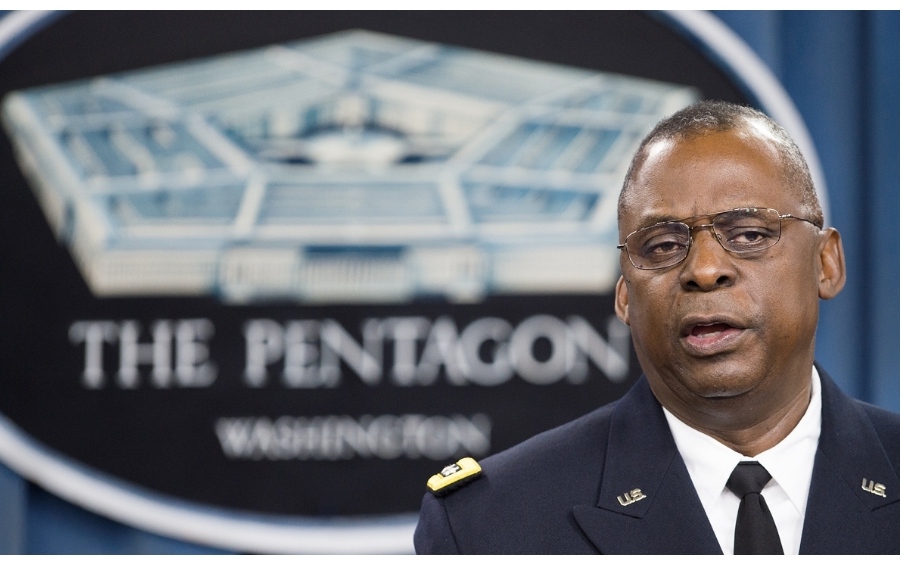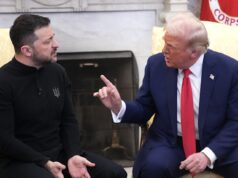General Austin’s India visit signals a rebalancing initiative

The brilliant tactical counter-offensive of Indian special forces at the Line of Actual Control (LAC) in August 2020 and the subsequent Chinese withdrawal from occupied parts of Pangong Tso confirmed to India that using smart and proportionate military power is necessary to roll back the marauding PLA. Talking to the Chinese and trying to rebuild trust with them without the leverage of a military counterpunch would lead India nowhere.
For years, Washington had been trapped in a halfway house of carrot-and-stick policies toward Beijing in the vain hope of gradually making it a “responsible stakeholder” in the US-drafted liberal international order. Learning from Indian actions on the LAC, the Donald Trump administration concluded toward the end of its term that it was a fantasy to expect China to play by the rules because President Xi Jinping’s “China dream” was to undermine and overthrow the Western order and replace it with a Sino-centric
It is established that strategic partnerships are destined by the compelling force of shared geopolitical visions and threats. The visit of the new US Defence Secretary General Lloyd Austin to India from March 19 to 21 is occurring at a time of heightened convergence of interests between Washington and New Delhi, both of which are vexed by China’s expansionism and convinced that only a coordinated pushback can tame the dragon.
Although China had been the strategic reference point for burgeoning India-US ties for the past two decades, what was missing until recently was absolute clarity in both countries that the best way to deal with its pushiness was countervailing pressure and counterbalancing power.
The unbridled ambition, totalitarian repression and territorial offensives that Xi unleashed amid the coronavirus pandemic forged a consensus in America that treating China with kid gloves was costing the US dearly.
Xi’s simultaneous elbowing of Taiwan, Japan, Vietnam, Indonesia, Malaysia, the Philippines, Australia and India portended a China-dominated Asia — a stepping stone to the US’s dreaded scenario of a China-dominated world. President Joe Biden inherited this alarming reality and is acting upon it.
The sense that China poses a fundamental challenge which cannot be managed through negotiation or issue-specific cooperation is captured in General Austin’s confirmation hearings in the US Senate in January 2021. He said China was the “pacing threat” because it was “ascending”, while Russia could only do “damage” as it was in “decline”. Austin’s colleague, Secretary of State Antony Blinken, holds the same view of China as a danger to global stability. He bluntly told Chinese counterparts in his first face-toface meeting in Alaska that China was pursuing a “more violent and unstable world” in which “might makes right”.
The Biden administration’s refrain about China’s “coercion and aggression” indicates that the blinkers are off. America will not chase yet another misguided “reset” in ties with China because Xi has transformed China and made it impossible to return it to a path of moderation and compromise.
General Austin is getting all eyes and ears in India because a similar process of strategic clarification has matured in New Delhi. The nationalistic and “security-first” Narendra Modi government had blocked Chinese military adventurism prior to 2020, but the scale of the People’s Liberation Army (PLA) incursions in eastern Ladakh and the brutal, premeditated attack which killed 20 Indian soldiers in the Galwan Valley made it crystal clear that Xi’s China was on a warpath and it could not be persuaded to back away purely through patient reasoning and diplomatic communication.
It is in this context that General Austin’s presence in India has supreme relevance. In 2020, the Modi government lifted caps on defence spending to meet the emergency threat posed by the massive PLA offensive on the LAC. Purchases from the US, Russia, France and Israel bolstered India’s military capabilities and showed China, which was barred from buying weapons from Western countries, that there were limits to the asymmetry it enjoyed. American armed and unarmed drones, patrol aircraft, communications and satellite technology continue to be crucial elements in India’s firm deterrence posture against China at the LAC and are helping ward off the PLA Navy from hemming India in through the maritime domain.
Apart from weaponry, the US’s diversionary pressure on the Chinese military in the Taiwan Straits, the East China Sea and the South China Sea is crucial to keep the heat on Beijing and not relieve it to concentrate all its energies on India’s land and maritime spaces. The prospect of a two-front war ranging from China’s eastern seaboard to the icy heights of the Himalayas is not a rosy one for Xi. If China retreats from friction points at the LAC, it will be due to consistent multi-sided pressure on it. Limiting the India-US strategic partnership will weaken New Delhi’s hand and embolden Beijing to raise more demands.
With the Biden administration also trying to coax other Asian nations to join the Quad, China could gradually find it harder to divide and rule the region. A “Quad plus” coalition is worth investing in by India. General Austin’s praise for India’s “leadership role” and “growing engagement with like-minded partners” in the Indo-Pacific signals that a broader rebalancing mission is underway in which Washington and New Delhi are the principals and neither is confused about or afraid of upsetting China.




